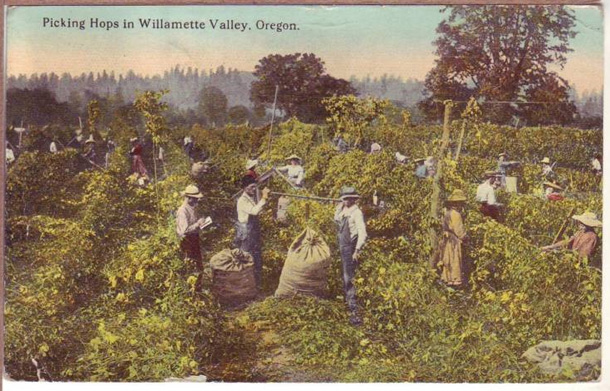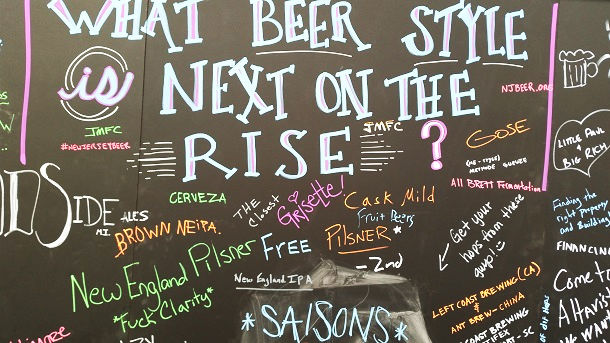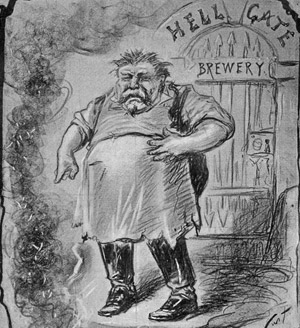
I don’t plan to call it Postcards from an Oast House, or The Lupulin Letters, but these days a newsletter seems like a good place to park bits of hop-related flotsam that you’d rather see remain infobits a good idea.
Sometimes we are talking bad rumors. For instance, that the collaboration beer brewed by Pinthouse Pizza, Wicked Weed Brewing and Creature Comforts Brewing to showcase some of the new Cryo Hops from YCH Hops contained seven pounds of LupuLN2 powder per barrel. That would be comparable to 14 pounds of hop pellets or 7% of a 200-pound hop bale for in 31 gallons of beer. The day after I heard the rumor I saw Creature Comforts head brewer David Stein at the Craft Brewers Conference trade show. He and his fellow conspirators “only” used the equivalent of 6-and-half pounds of pellets per barrel, most of that powder. Crazy, but not insane. So infobits that merit more than a tweet, less than a post.
Expect a bit of agriculture, a dash of science, an occasional new variety, and always some hop geekery. As often as not you will be reading the questions I am asking hop scientists, hop farmers, hop breeders, brewers and anybody else who will put up with my questions.
It took me a little while to figure this out. That’s why some sentences are crossed out. I’ve decided to call the newsletter Hop Queries, because I know better than to promise Hop Answers.
 Monday musing and linking began in 2008 as a way to stay in touch during our semi sabbatical, but there hae often times I am not sure what reality I am in touch with. So rather than force the issue, next Monday there will be no links because I will be in Brazil. And I understand that because most of this week’s links were collected while I was in the midst of the rather insular experience of the Craft Brewers Conference they might look different in bright sunlight.
Monday musing and linking began in 2008 as a way to stay in touch during our semi sabbatical, but there hae often times I am not sure what reality I am in touch with. So rather than force the issue, next Monday there will be no links because I will be in Brazil. And I understand that because most of this week’s links were collected while I was in the midst of the rather insular experience of the Craft Brewers Conference they might look different in bright sunlight. What timing, given that it’s
What timing, given that it’s  The rate at which
The rate at which